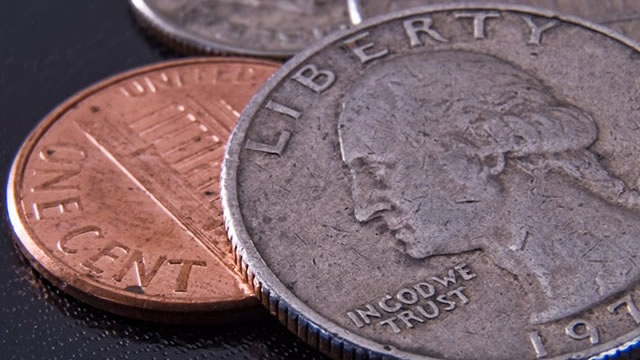Former Richmond Fed President Discusses February’s PCE Inflation Data and Its Implications
In a recent interview on CNBC’s “Squawk Box,” Jeffrey M. Lacker, the former President of the Federal Reserve Bank of Richmond, delved into the latest Personal Consumption Expenditures (PCE) inflation data and its potential impact on the Federal Reserve’s ongoing inflation fight.
February’s PCE Inflation Data
According to Lacker, the headline PCE price index increased by 0.3% in February, while the core PCE price index, which excludes food and energy prices, rose by 0.2%. He explained that these figures were slightly above market expectations, but still below the Federal Reserve’s 2% inflation target.
Impact on the Fed’s Inflation Fight
Lacker noted that the slight uptick in inflation could be attributed to various factors, including supply chain disruptions, higher commodity prices, and ongoing government stimulus measures. He emphasized that the Fed would closely monitor these trends and adjust its monetary policy accordingly.
Implications for Consumers
For consumers, the moderately higher inflation rate could lead to increased costs for goods and services. However, Lacker pointed out that the labor market remained strong, with low unemployment and rising wages, which could help offset some of these price increases.
Global Impact
On a global scale, Lacker suggested that the slight rise in inflation could have implications for other central banks, particularly those with a mandate to maintain price stability. He noted that some central banks, such as the European Central Bank, were still grappling with low inflation rates and might consider adjusting their monetary policies in response.
Conclusion
In conclusion, former Richmond Fed President Jeffrey Lacker provided insightful analysis on the latest PCE inflation data and its potential implications for the Federal Reserve’s inflation fight, as well as for consumers and the global economy. While the slight uptick in inflation could lead to increased costs for consumers, the strong labor market might help mitigate some of these price increases. Central banks around the world would also be closely monitoring these trends and adjusting their monetary policies accordingly.
- The PCE price index increased by 0.3% in February, while the core PCE price index rose by 0.2%.
- These figures were slightly above market expectations but still below the Federal Reserve’s 2% inflation target.
- Factors contributing to the rise in inflation include supply chain disruptions, higher commodity prices, and ongoing government stimulus measures.
- The Fed would closely monitor these trends and adjust its monetary policy accordingly.
- The moderately higher inflation rate could lead to increased costs for consumers.
- The strong labor market might help mitigate some of these price increases.
- Central banks around the world would also be closely monitoring these trends and adjusting their monetary policies accordingly.





